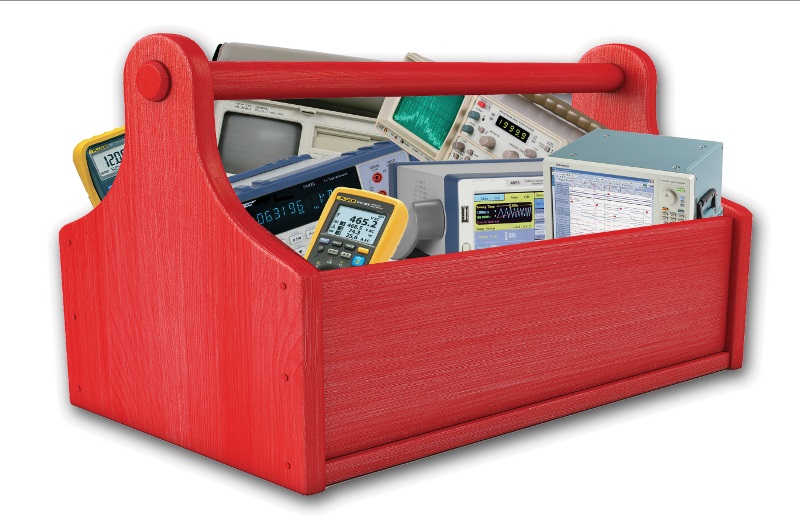In any profession, having the right tools for the job is essential. So for many years, workers have been assembling tools and putting them in a box or chest so that they could have the right tool close at hand when needed. One of the more famous tool chests is that created by Henry O. Studley, a 19th century organ/piano maker, carpenter, and mason who managed to cram some 300 tools into a box that takes up about 40 x 20 in. of wall space when closed.

Until recently, the electronics industry hasn’t given much consideration to the toolbox concept. Rather, we think of having a rather large benchtop onto which we can stack dozens of instrument, sorting through them and wiring them up whenever we need to do some testing. But like craftsmen of old, we may be coming to the realization that spending less time searching for and setting up our tools provides the efficiency we need to focus on the job and get it done.
In this month’s issue of Electronics Products , we offer several examples of how instrument makers are beginning to supply not just instruments but toolboxes: a single unit with the essential functions needed for testing. Tektronix’s cover story discusses how its new MDO3000 series integrated oscilloscopes combine scope functions with those of a spectrum analyzer, digital voltmeter, function generator, logic analyzer, and protocol analyzer. And this month, two new instrument/toolbox products are also being unveiled: the VirtualBench from National Instruments and the Wavesurfer 3000 oscilloscope from Teledyne LeCroy.
Will this be the way in which instrumentation will be developed in the future? Is it the right approach for you as an engineer? We’d love to hear your opinion about this trend.
Advertisement
Learn more about Electronic Products Magazine





